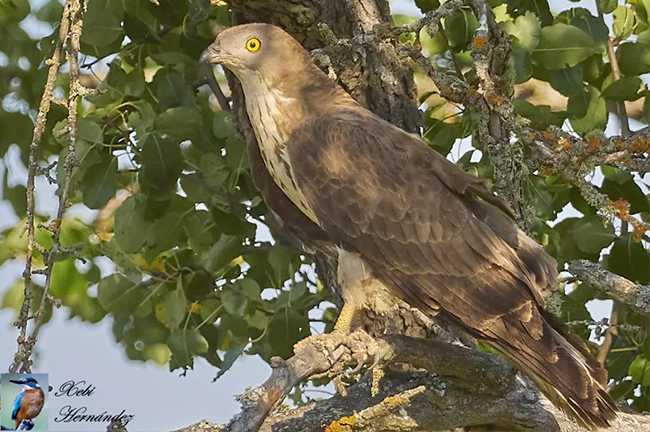Adult female specimen
1.- Right wing primaries. 2.- Primaries. 3.- Details of the primaries calamus. 4.- Details of the primaries outer vane. 5.- Details of the tip of the inner primaries. 6.- Details of the tip of the outer primaries. 7.- Details of the outer vane of the outer primaries. 8.- P10, P9 – S1, S2 beam. 9.- Secondaries (S1-S6). 10.- Secondaries (S7-S13). 11.- Right wing secondaries and tertials. 12.- Details of the secondaries calamus. 13.- Details of the tip of the secondaries. 14.- Details of the tip of the secondaries. 15.- Details of the outer vane of the secondaries. 16.- Right wing tertials. 17.- Primaries, secondaries and tertials of the right wing. 18.- Details of the joint between primaries and secondaries. 19.- Primaries, secondaries and tertials of the right wing. 20.- Details of the tip of the primaries in the assembly. 21.- Primaries, secondaries and tertials. Primary coverts and greater coverts. 22.- Primaries, secondaries and tertials. Primary coverts and greater coverts + median coverts. 23.- Primaries, secondaries, tertials. Primary and secondary coverts (G, M, and L). Alulas. 24.- Details of the primary coverts. 25.- Details of the tip of the primary coverts. 26.- Details of the greater coverts. 27.- Details of the tertiary coverts. 28.- Details of the secondaries along with all their coverts. 29.- Secondary coverts (G, M, and L). 30.- Tertiary coverts. 31.- Primary coverts. 32.- Greater coverts. 33.- Alulas. 34.- Rectrices. 35.- Rectrices. 36.- Details of the rectrices calamus. 37.- Details of the rectrices. 38.- Details of the tip of the rectrices. 39.- Rectrices + uppertail coverts. 40.- Details of the uppertail coverts. 41.- Details of the uppertail coverts. 42.- Uppertail coverts. 43.- Rectrices + undertail coverts. 44.- Details of the undertail coverts. 45.- Undertail coverts. 46.- Infra primary coverts. 47.- Large infra secondary coverts. 48.- Right axilla feathers. 49.- Right scapula. 50.- Scapula feathers. 51.- Right flank feathers. 52.- Up: High back feathers. Down: low back feathers. 53.- Right thigh feathers. 54.- Crown feathers. 55.- Up: feathers and assembly of the middle belly. Down: feathers and assembly of the lower belly. 56.- Feathers and assembly of the chest. 57.- Nape feathers. 58.- Auricular feathers.


